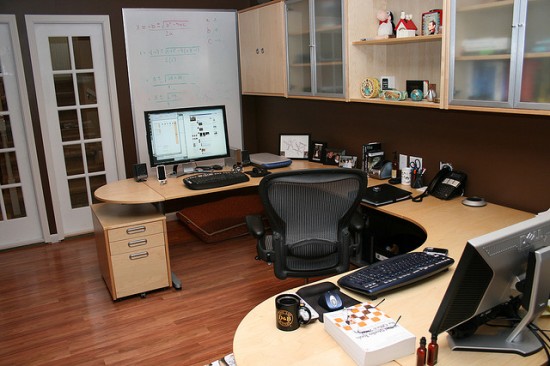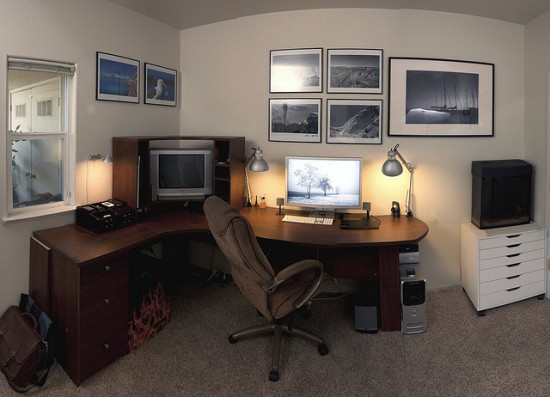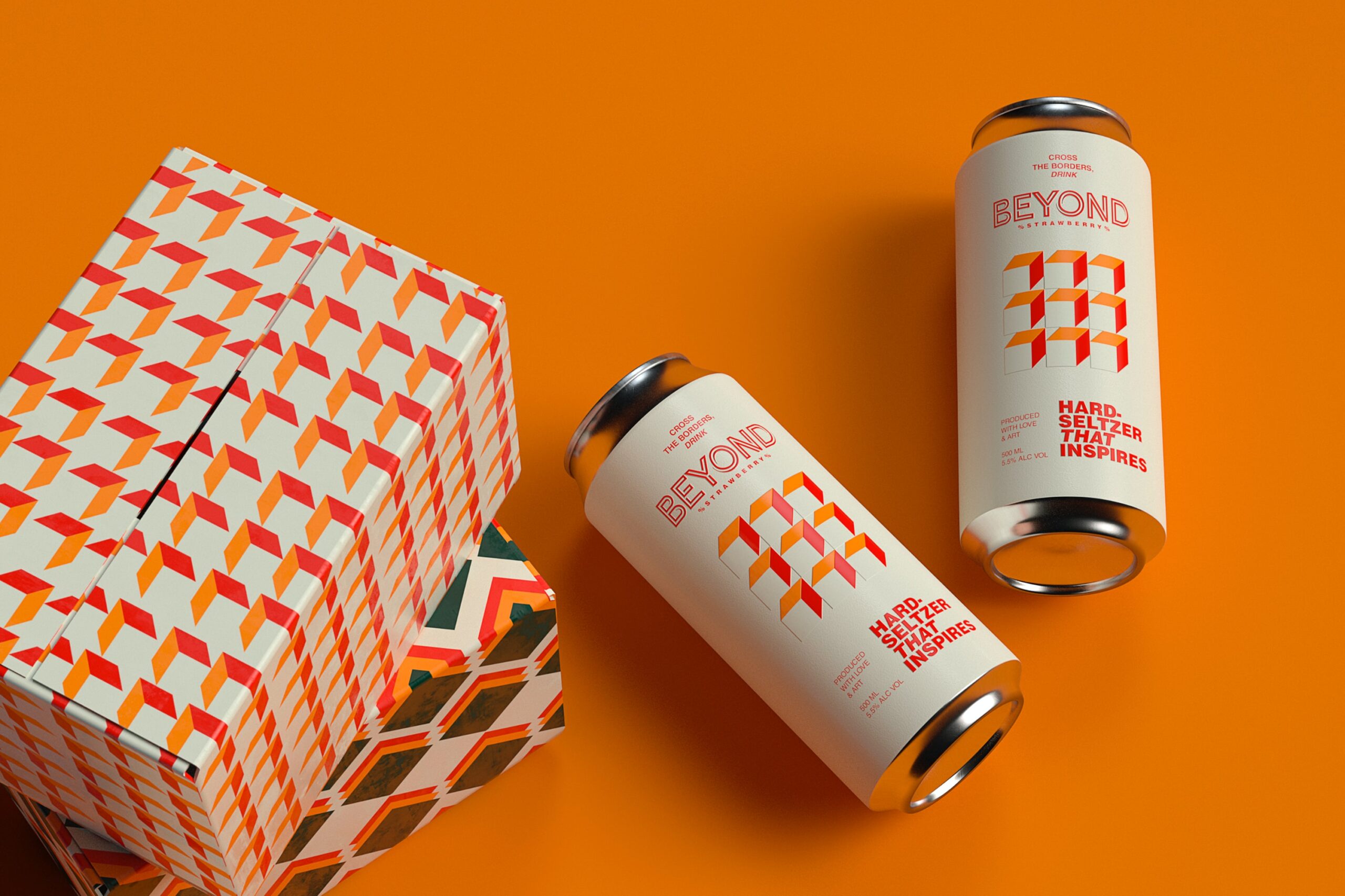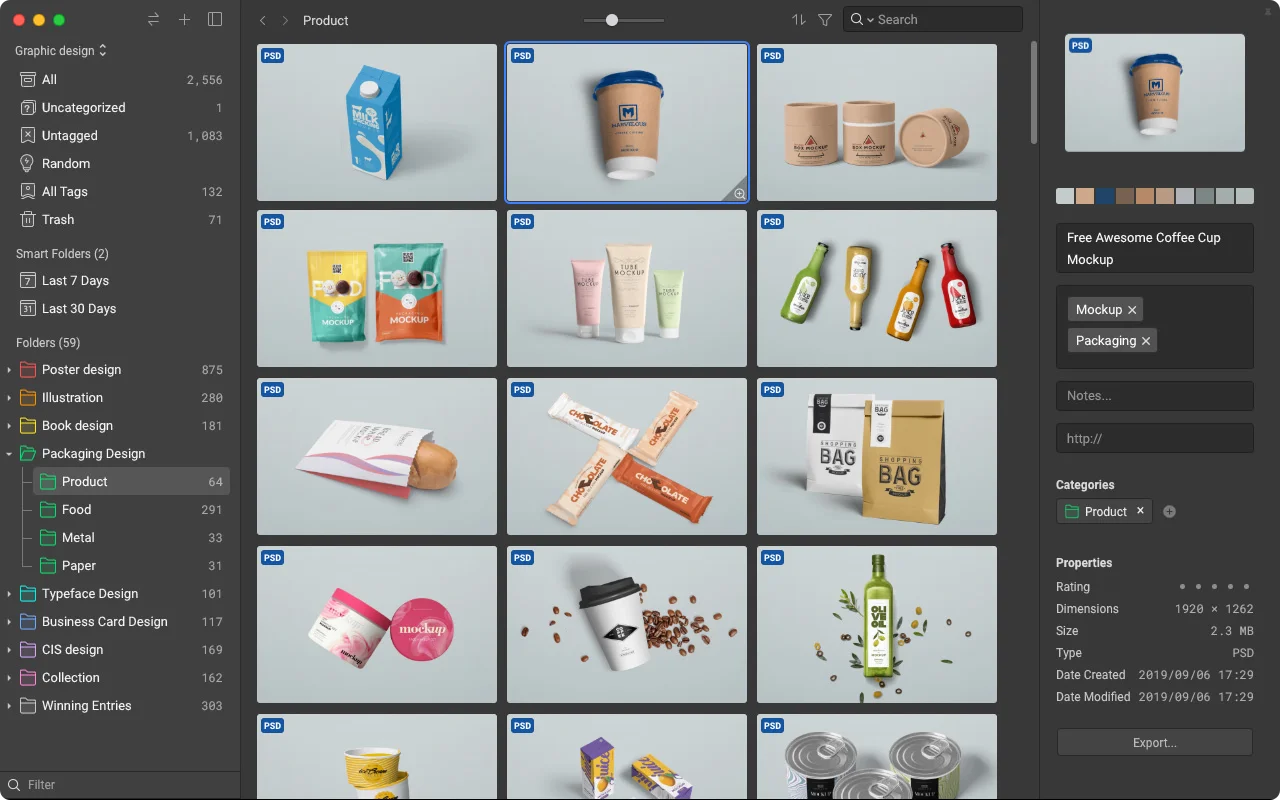If only it were possible to design your office space in a way that would increase and optimize your worker’s productivity. Luckily for you, there is an easy fix to this problem. Using the ancient Chinese methods of Feng Shui and the basic principles of space, openness, and lighting, you can have your office looking great and your worker’s performing even better.
When most people think of the most important elements of an office, they think about desks, chairs, computers, and other office equipment necessary for day-to-day business. Many businesses give little thought to the design and layout of the office, but this is a mistake. A well-designed office will boost productivity and help workers feel better about their jobs and the com pany. Using the basic principles of Feng Shui, it is possible to optimize any work environment with a few simple design changes.
While there is no need to follow all of the rules of traditional Feng Shui, the basic principles of keeping spaces de-cluttered and flowing can really improve the feel of any office. With the right design, you really can optimize a work environment and increase worker’s morale and productivity.
An Open Design Encourages Communication
One of the principles of Feng Shui is to keep the room de-cluttered and open. Open designs prevent workers from feeling closed in and cut off from fellow employees. One way to achieve this affect in an office is to remove cubicle walls and arrange furniture so that walkways are easy to navigate. Employees should be able to see across the room and view their co-workers. This will encourage a feeling of camaraderie, and help employees communicate their thoughts and ideas with one another. This can also help remove barrier lines between management and lower employees, which can improve overall company morale and work ethic.
Good Designs Encourage Creativity
A friendly-looking room provides a backdrop that tells employees that creativity is important. Everything in the office should provide creative stimulation through colors, plants, furniture, and sounds. Employees should have an un-cluttered space in which to work and have open areas and meeting r ooms where they can work together on new projects and ideas. A well-designed office tells employees they are important and that their thoughts and ideas are valued. This will encourage people to invest more into the company and try to create new and innovative ideas.
A Well-designed Office Encourages Production
In a dark, dirty office lit by ugly florescent lights, employees feel undervalued and unappreciated. A dirty and cluttered office tells employees that the company does not have good self-esteem and is only there to create the minimum work required. A poor work environment like this one tells employees that they too only have to put in minimum effort each day. This lowers production and morale, and employees do not produce good work. In a well-designed office with open designs and soothing colors, employees feel like giving extra effort to the job because they feel valued. A well-designed office is more than just a pretty face, but a productivity and morale booster as well.
Well-designed Offices Encourage Collaboration
Ugly environments breed unhappy thoughts. When employees are unhappy, they fight with each other and respond in anger to both fellow employees and customers. Customers can detect bad employee attitudes, which makes them less likely to return for additional business in the future. One easy way to fix this problem is by designing your office to look cheerful and upbeat. A cheerful-looking office will instantly raise the moods of employees, which will encourage them to view each other as friends rather than enemies. This will help employees collaborate ideas and present information and new ideas as a team, rather than as individuals trying to get ahead of the competition. Open designs also help employees collaborate by eliminating walls and barriers between employees.
Good Designs Do Not Always Equal Fun
According to a study published by Harvard Business School in 2005, “fun” items at the office have little bearing on overall employee satisfaction and production. Fun items, such as foosball tables, or coffee bars usually only act as distractions for employees. A well-designed office space is not a good design because it offers fun items to employees, but rather good designs help employees feel uplifted, focused, and motivated to continue working at their best productivity level. These affects are possible without the addition of fun distractions that may end up hurting employee production in the end.
Dustin Lewis is an interior design expert for Yses, a UK based office Rental Company. Yses provides the most professional, luxurious, and flexible office space throughout the United Kingdom. In his spare time, Dustin enjoys bowling, running, and of course blogging about all things office design related.














Add Comment